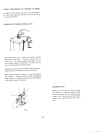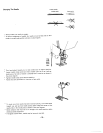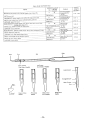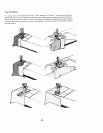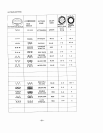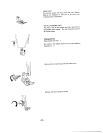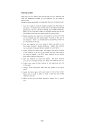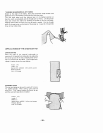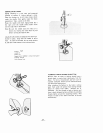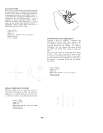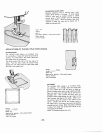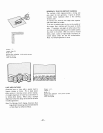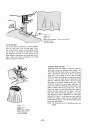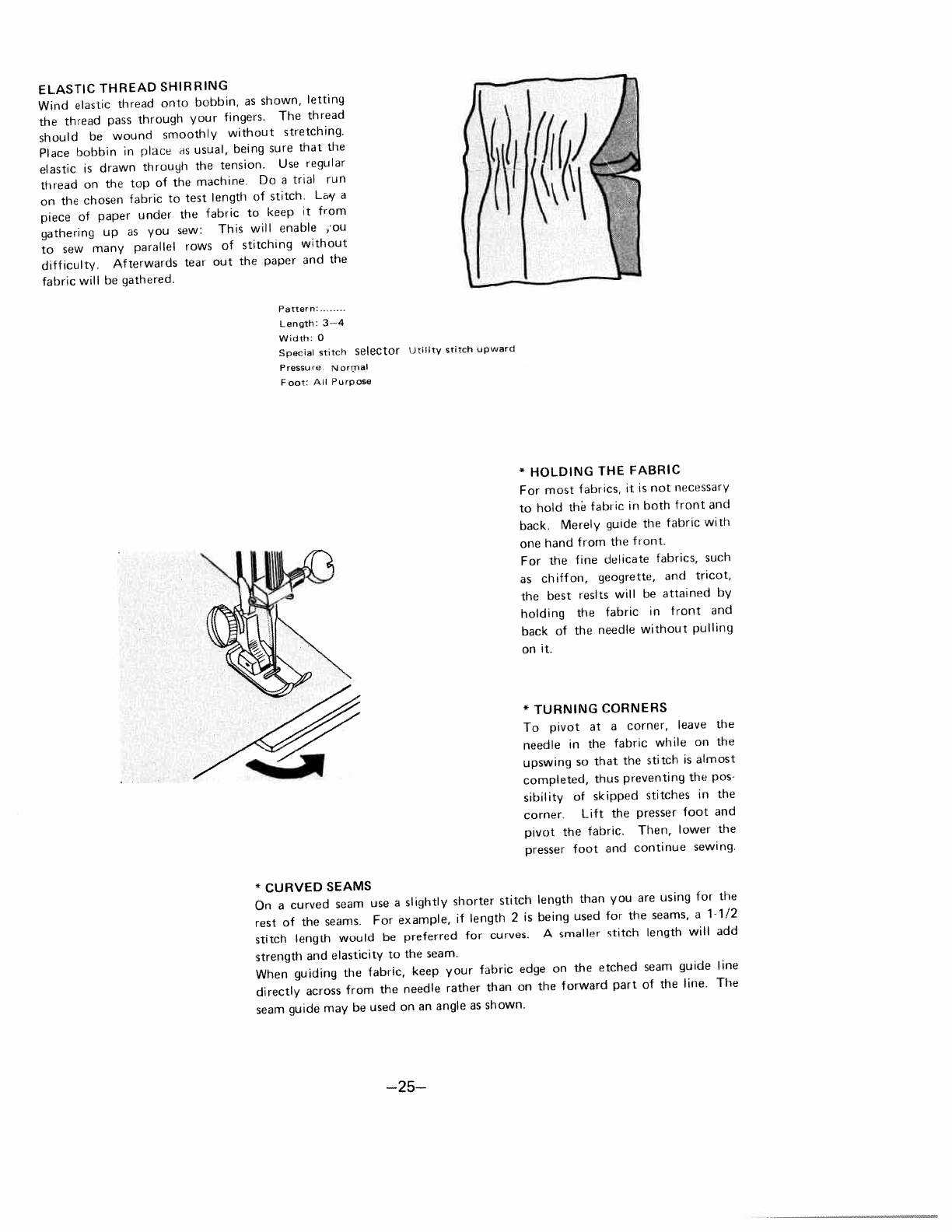
ELASTIC THREAD
SHIRRING
Wind
elastic
thread
onto
bobbin,
as
shown,
letting
the
thread
pass
through
your
fingers.
The
thread
should
be
wound
smoothly
without
stretching.
Place
bobbin
in
place
s
usual,
being
sure
that
the
elastic
is
drawn
through
the
tension.
Use
regular
thread
on
the
top
of
the
machine.
Do
a
trial
run
on
the
chosen
fabric
to
test
length
of
stitch.
Lai
a
piece
of
paper
under
the
fabric
to
keep
it
from
gathering
up
as
you
sew:
This
will
enable
ou
to
sew
many
parallel
rows
of
stitching
without
difficulty.
Afterwards
tear
out
the
paper
and
the
fabric
will
be
gathered.
Pattern
Length:
3—4
Width:
0
Special
stitch
selector
Utility
stitch
upward
Pressure
Normal
Foot:
All
Purpose
*
HOLDING
THE
FABRIC
For
most
fabrics,
it
is
not
necessary
to
hold
th
fabi
ic
in
both
front
and
back.
Merely
guide
the
fabric
with
one
hand
from
the
front.
For
the
fine
delicate
fabrics,
such
as
chiffon,
geogrette,
and
tricot,
the
best
reslts
will
be
attained
by
holding
the
fabric
in
front
and
back
of
the
needle
without
pulling
on
it.
*
TURNING
CORNERS
To
pivot
at
a
corner,
leave
the
needle
in
the
fabric
while
on
the
upswing
so
that
the
stitch
is
almost
completed,
thus
preventing
the
pos
sibility
of
skipped
stitches
in
the
corner,
Lift
the
presser
foot
and
pivot
the
fabric.
Then,
lower
the
presser
foot
and
continue
sewing.
*
CURVED
SEAMS
On
a
curved
seam
use
a
slightly
shorter
stitch
length
than
you
are
using
for
the
rest
of
the
seams,
For
example,
if
length
2
is
being
used
for
the
seams,
a
1-1/2
stitch
length
would
be
preferred
for
curves.
A
smaller
stitch
length
will
add
strength
and
elasticity
to
the
seam.
When
guiding
the
fabric,
keep
your
fabric
edge
on
the
etched
seam
guide
line
directly
across
from
the
needle
rather
than
on
the
forward
part
of
the
line.
The
seam
guide
may
be
used
on
an
angle
as
shown.
—25—



